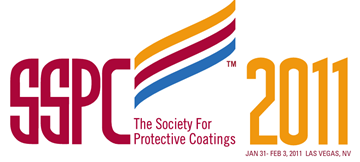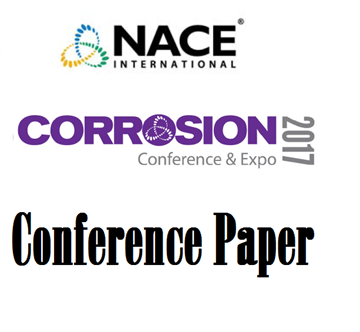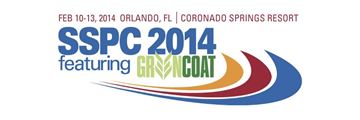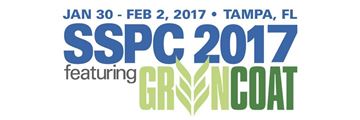Search
Individual Conference Papers
View as
Sort by
Display
per page
Single-Component Polysiloxane Coating for Navy Topsides
Product Number:
41213-755-SG
Publication Date:
2013
$20.00
Single-Component Polysiloxane: An Advanced Coating for Navy and Surface Topsides
Product Number:
41215-903-SG
Publication Date:
2015
$20.00
Slip Coefficient and Tension Creep Testing of Coatings Used in Slip‐Critical Bolted Connections
Product Number:
41212-670-SG
Publication Date:
2012
$20.00
Slurry Abrasion Failure Of A Carbon Steel Pipe Carrying Bitumen Froth In Oil Sands
Product Number:
51321-16941-SG
Publication Date:
2021
$20.00
Small Expense, Big Reward - The Impact and Value of Quality Assurance Testing of Coatings for Hydraulic Steel Structures
Product Number:
41216-958-SG
Publication Date:
2016
$20.00
Sohic Resistance of SA516 Grade 70 Carbon-Manganese Steel for Oil and Gas Applications
Product Number:
51317--9076-SG
ISBN:
9076 2017 CP
Publication Date:
2017
$20.00
Solids Formation In MEA Triazine Contact Towers, Prevention And Advice
Product Number:
51322-17483-SG
Publication Date:
2022
$20.00
Sol-Rec2: Recycle of Multicomponent, Multilayer Systems towards Sustainable Waste Management
Product Number:
51324-20837-SG
Publication Date:
2024
$40.00
Soluble Salt Contamination: Testing and Cleaning before Coating
Product Number:
51324-20827-SG
Publication Date:
2024
$40.00
Soluble Salt Determination Using the Saturated Filer paper Extraction Method
Product Number:
41214-819-SG
Publication Date:
2014
$20.00
Soluble Salt Measurement: Are We Measuring it Correctly?
Product Number:
51217-026-SG
Publication Date:
2017
$20.00












